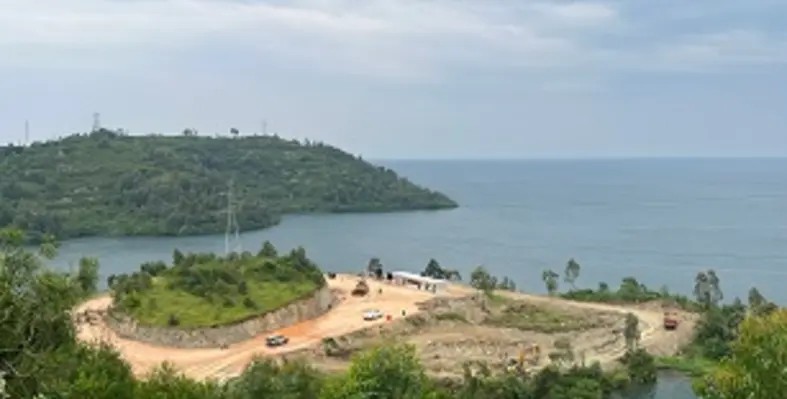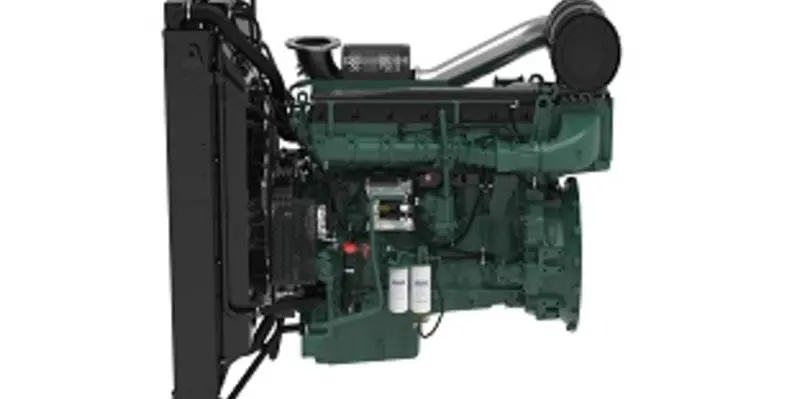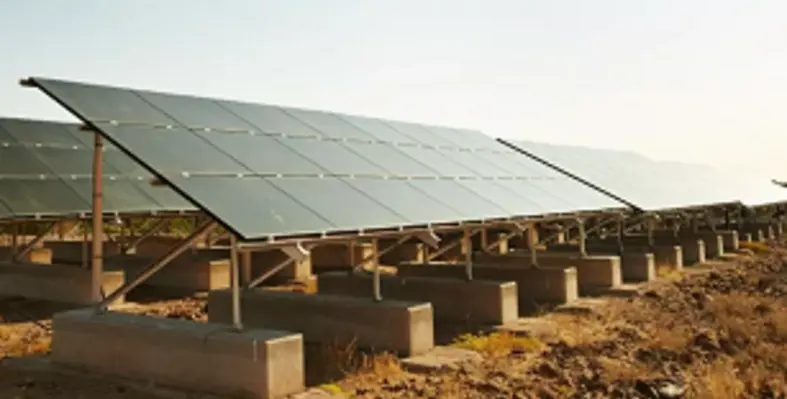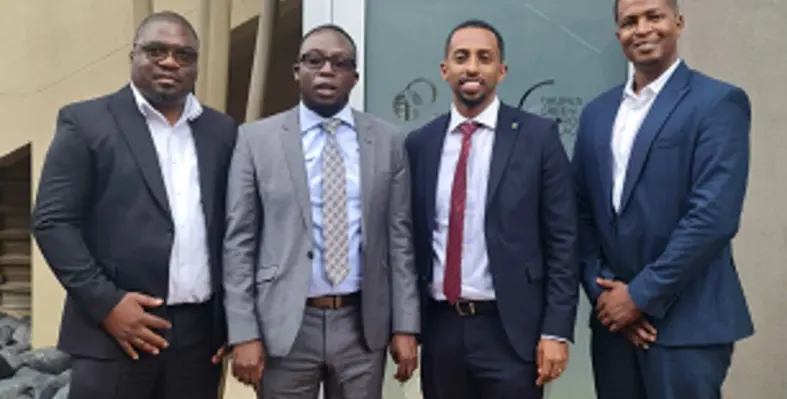
The naturally occurring gas form the Lake will be separated from the waters and processed into compressed natural gas. (Image source: BB Energy)
BB Energy Group, a leading independent energy trading company, has invested in Gasmeth Energy Global, a company focused on the responsible extraction, processing, and distribution of methane gas from Rwanda’s Lake Kivu



